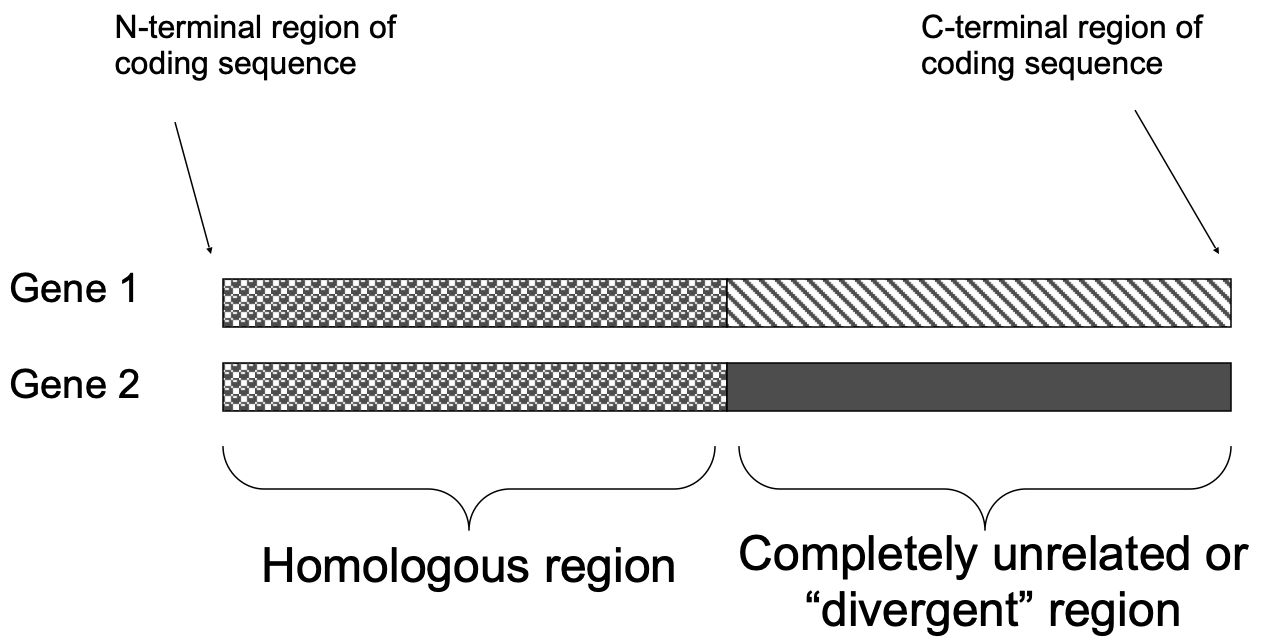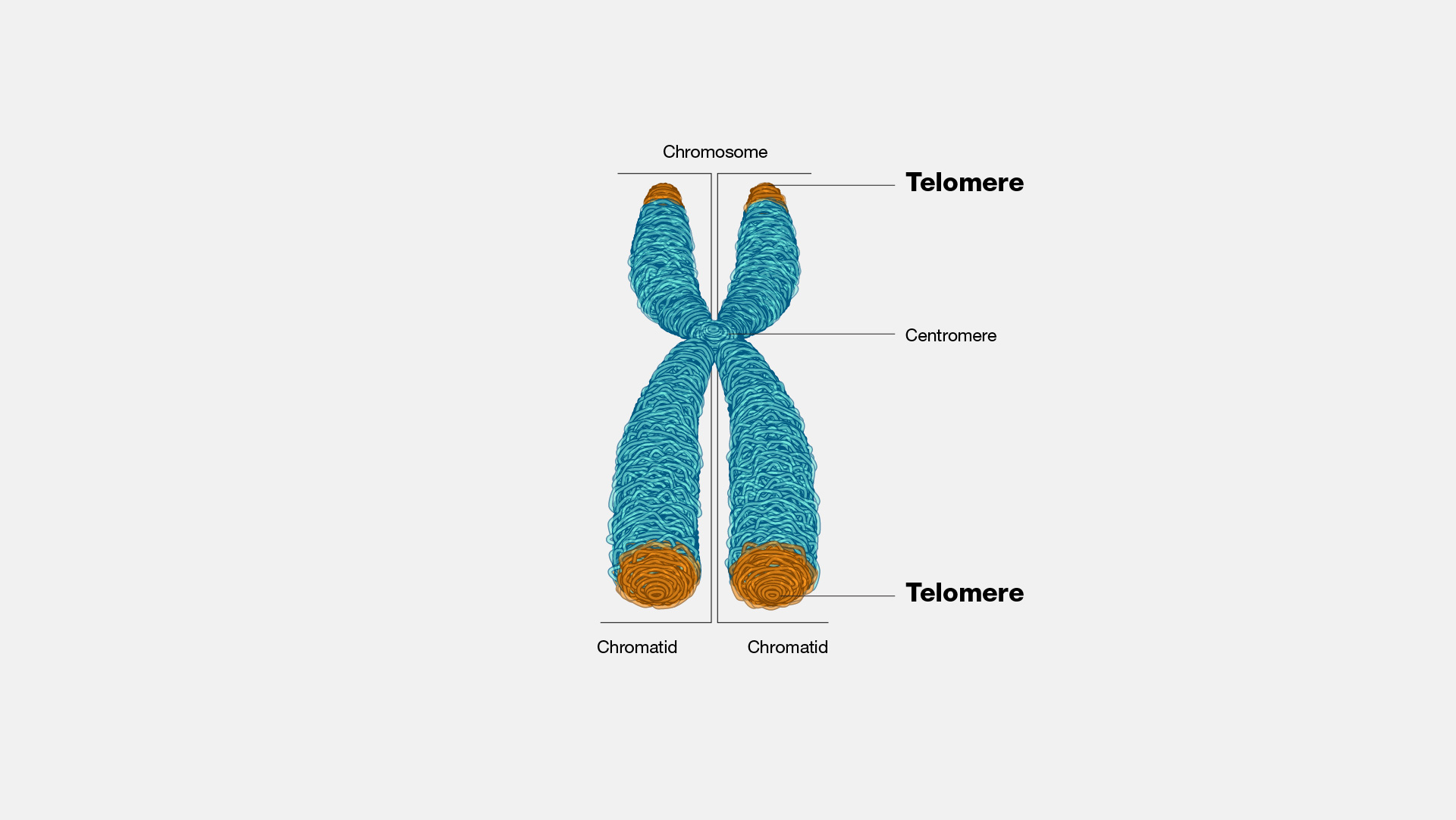Genes, Genomes, and Transcriptomics
1/22
Earn XP
Description and Tags
These flashcards cover key vocabulary and concepts from the lecture on genes, genomes, and transcriptomics.
Name | Mastery | Learn | Test | Matching | Spaced |
|---|
No study sessions yet.
23 Terms
Gene
A segment of DNA that is transcribed into RNA and often codes for a protein.
Transcriptomics
The study of the transcriptome, the complete set of RNA transcripts produced by the genome at any one time.
Gene Family
A set of genes descended from a common ancestral gene through duplication and slight variation. Members of gene family are homologous through entire length of sequence and gene family members cluster tgt or dispersed on different chromosomes.
Gene families and gene specialization occur due to gene duplication.

Supergene Family
A group of partially homologous genes that are related but have diverged functionally.
The gene family of immunoglobulins is a member of a supergene family that includes gene families that encode surface molecules involved in immune cell adhesion and recognition.
Most proteins in a super gene family are part of a related physiological system, for examples, the immune system, neuronal tissue, etc
Gene Expression
The process by which the information encoded in a gene is used to direct the assembly of a protein.The development and specialization of tissues reflect the differential expression of genes.
RNAseq
A technique used to analyze the transcriptome by sequencing cDNA to quantify RNA levels.
CpG Islands
Regions of DNA that are rich in cytosine and guanine nucleotides, often associated with gene regulation.CpG islands have roles in gene regulation, particularly gene silencing.CpG methylation leads to gene inactivation, i.e., methylation of the “C” in the CpG dinucleotide.
Highly-Repetitive DNA
DNA sequences that are found in large copies (more than 10^6) and are typically noncoding.
Single-Copy DNA
DNA sequences that occur as one or a few copies in a haploid genome; most human genes are single-copy.
Moderately-Repetitive DNA
DNA sequences that can range from 100 to 1,000,000 copies and may be coding or noncoding.
RNA
Ribonucleic acid, a molecular component essential in various biological roles including coding, decoding, regulation, and expression of genes.
DNA
Deoxyribonucleic acid, the carrier of genetic information in living organisms.
Protein
Large biomolecules made up of amino acids that perform a vast array of functions within living organisms.
Introns
Non-coding segments of a gene that are removed during the RNA splicing process.
Exons
Coding segments of a gene that are expressed and contained in the final mRNA.
Telomeres

Structures at the ends of chromosomes that protect them from degradation.
Centromeres
Regions of a chromosome where the kinetochores form, crucial for chromosome segregation during cell division.
Kinetochores are the part of the chromosome to which the spindle fibers attach. The centromeric region of a chromosome is required for proper segregation of chromosomes during mitosis.
Differential Expression
The variation in gene expression levels between different cells or conditions.
Homologous Genes
Genes that share a similar sequence due to common ancestry.
Transcription
The process of copying a segment of DNA into RNA.
Translation
The process in which ribosomes synthesize proteins using the mRNA as a template.
Type of DNA sequences in the
mammalian genome:
Single copy:A single copy DNA sequence is a unique segment of DNA that appears only once in an organism's genome, unlike repetitive DNA, which is made of repeated nucleotide patterns(40-50% human genome)Characteristics of “Single-Copy” DNA Sequences:
One copy or a few copies per haploid genome.
No upper or lower size (length) limit.
Almost all of human genes are in this category.
Not all single-copy sequences are coding regions or parts of genes.
Moderately-Repetitive:Moderately repetitive DNA sequences are short-to-medium length DNA sequences that are repeated a limited number of times within the genome, either in clusters (tandem repeats) or dispersed throughout the genome
Characteristics of Moderately-Repetitive DNA Sequences:
1: Roughly 100 to 1,000,000 copies.
2: Usually 200 to 15,000 bp in length.
3: Clustered or interspersed.
4: May be coding or noncoding sequences.
Highly-Repetitive:A highly repetitive DNA sequence is a DNA sequence repeated hundreds of thousands to millions of times within a genome, often found in centromeres and telomeres as satellite DNA, and may lack genes but serve structural roles, such as chromosome pairing and maintenance of chromosome ends.
Characteristics of Highly-Repetitive DNA Sequences:
1: 106 copies or more
2: 6 to 100 bp in length
3: clustered
4: All are noncoding sequences.
RNASeq
Simple idea, sequence all the cDNA fragments, align the fragments to a reference genome, and count the fragments at each position.